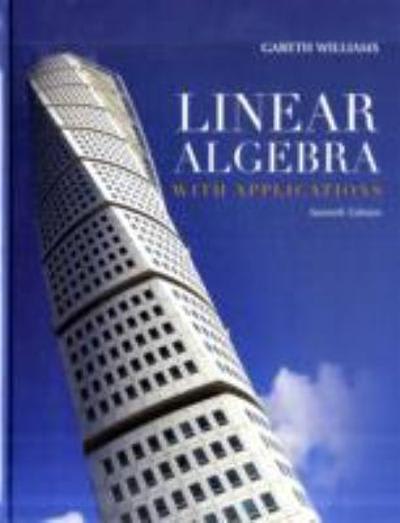' X11 = Specification buyingextent to which a particular purchaser evaluates each purchase separately (total value analysis} versus the use of specication buying, which details precisely the product characteristics desired. This variable has two categorieszi = employs total value analysis approach, evaluating each purchase separately, and U = use of specication buying. ' X12: Structure of procurementmethod of procuring/ purchasing products within a particular company. This variable has two categories: 1 =centralized procurement, and 0 = decentralized procurement. ' X13 =Type of industryindustry classification in which a product purchaser belongs. This variable has two categories: 1 = industry A classification, and 0 = other industries. ' X14 = Type of buying situationtype of situation facing the purchaser. This variable has three categories: 1 = new task, 2 = modified rebuy, and 3 = straight rebuy. {al Using the data Hatmiss, use SPSS to produce an output for the missing value analysis (MVA) for all the variables. The analysis should include the univariate statistics, separate variance t tests, missing patterns. Produce the output. {b} Write a brief report discussing the results of the missing value analysis and ensure that you determine whether the data is missing at random (MAR) or missing completely at random lMCAR). {cl Looking at your output, decide on a method that can be used to estimate the missing data and substantiate your answer. QUESTION 2 In this question you are using the data set HATED. Use SPSS to answer the following questions. {all Is the data appropriate for factor analysis? Su bstantiate your answer. {b} Which variables will be appropriate for factor analysis? {cl Do a factor analysis using the principal component analysis with a promax rotation. Ensure that you include the scree plot, and under options sort the factors by size and use items with factor loadings .5 and above. Produce the output. {d} How many factors will be needed if the criterion is to explain 80% of the total variance? {e} What do you notice about the item \"Price flexibility\"? {fl Create a new variable "Price flexibility?\" by computing the necessary transformation of "10 - Price flexibility" and redo a factor analysis using the principal component analysis with a promax rotation using "Price flexibility2" instead of "Price flexibility". Produce the output and do not suppress small coefficients in your output. {gl Interpret the results of the factor analysis {including appropriateness of the factor analysis, grouping the variables according to the factor loadings and suggesting, with justification, possible labels for the factors}. {h} Show numerically that the communality estimate for Price flexibility? is :714. Interpret this estimate. {i} Do reliability analysis of the factors obtained in {f} and give the reliability coefficient for each construct and the overall reliability analysis of the instrument, and interpret it using Jain and Angural [2017) guidelines. U} Three new variables were created, using the factor analysis. {i} Explain how these new variables for each respondent may be obtained. {ii} Suggest one possible way that these new variables can be used







